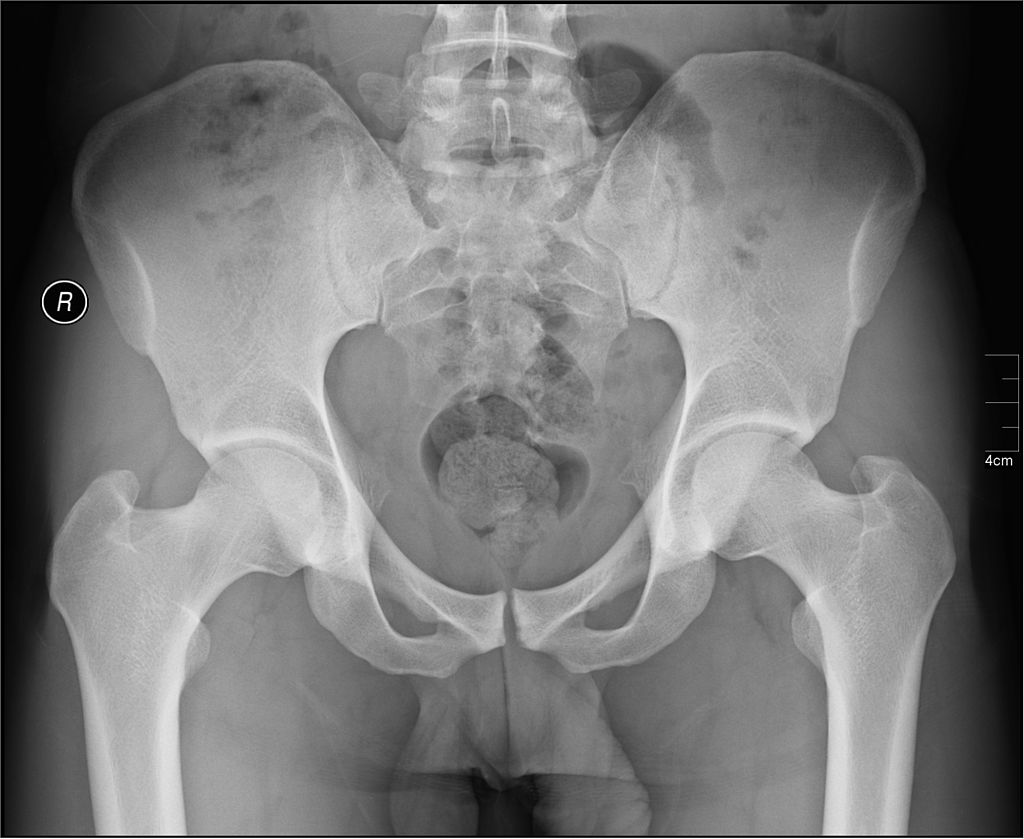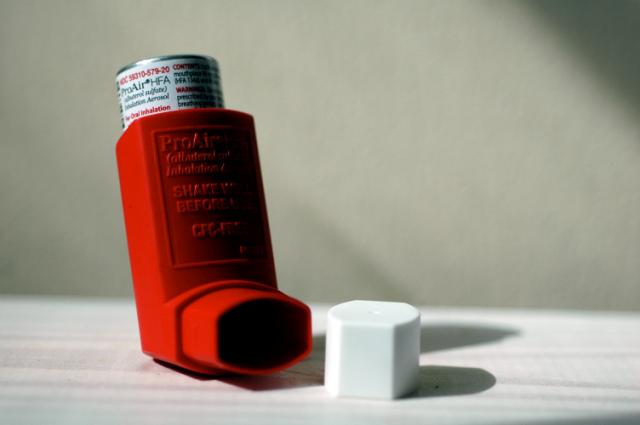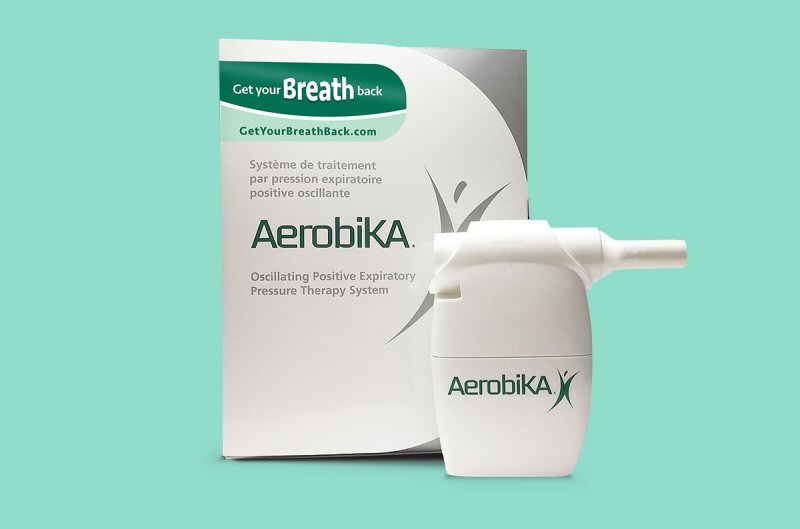The Zephyr Endobronchial Valve System has become the first minimally-invasive treatment option approved by the FDA to improve breathing in patients with severe emphysema. This disease is a progressive form of chronic obstructive pulmonary disease (COPD) which affects 3.5 million individuals in the US.
“Treatment options are limited for people with emphysema who have severe symptoms that have not improved from taking medicines. These have included lung surgery, such as lung volume reduction or lung transplants, which may not be suitable or appropriate for all patients,” said Dr. Tina Kiang, acting director, Division of Anesthesiology, General Hospital, Respiratory, Infection Control and Dental Devices, in the FDA’s Center for Devices and Radiological Health. “This novel device is a less invasive treatment that expands the options available to patients.”
Emphysema causes irreversible damage to the alveoli in the lungs, resulting in carbon dioxide-rich air becoming stuck during exhalation. Damaged parts of the lung tend to expand, impairing the ability of the healthy tissue to take in oxygen. This, in turn, starves body tissues of oxygen.
Lung volume reduction surgery and lung transplant have historically been treatment options for emphysema beyond the maintenance medications, however these procedures are highly invasive. In contrast, the Zephyr Valves are placed in the airways using a nonsurgical bronchoscopic procedure. The devices help to release air from the diseased part of the lung, reducing pressure and improving breathing ability for healthy lung tissue.
The FDA approved the device based on the results of the 190-patient, multi-center LIBERATE study. A total of 128 patients were fitted with the Zephyr Valves and treated with standard of care medications, including bronchodilators, corticosteroids, antibiotics or anti-inflammatories, while 62 patients received the medications alone. One year after patients were given a Zephyr device, nearly 48 percent of them showed a minimum 15 percent improvement in pulmonary function, compared to just 17 percent of the control group patients. Conversely, one of the adverse events associated with the Zephyr Valves was worsening of emphysema.
“Zephyr Valves are a major step forward in treating severe emphysema patients who consistently feel short of breath despite all the medications we can offer,” said Dr. Gerard Criner, Chair and Professor of Thoracic Medicine and Surgery, Lewis Katz School of Medicine at Temple University, and lead investigator for the LIBERATE Study. “I have seen Zephyr Valve-treated patients getting back to a more active life doing the things they enjoy. As a physician, it is very gratifying to have a new treatment that can restore a patient’s confidence and change their life for the long term.”
Pulmonx has developed assessment tools – the Pulmonx Chartis Pulmonary Assessment System and the StratX Lung Analysis Platform – designed to help identify patients most likely to benefit from the Zephyr Valves. However, patients with active lung infections along with those who smoke are among patients who are not eligible for treatment with the device.
“It is gratifying to be able to tell the many US patients who have contacted us that help is on the way,” said Pulmonx CEO Glen French. “We thank FDA for its swift review of the Zephyr Valve. By combining the Zephyr Valves and our patient selection tools, we are bringing precision medicine to the treatment of severe emphysema.”












Join or login to leave a comment
JOIN LOGIN